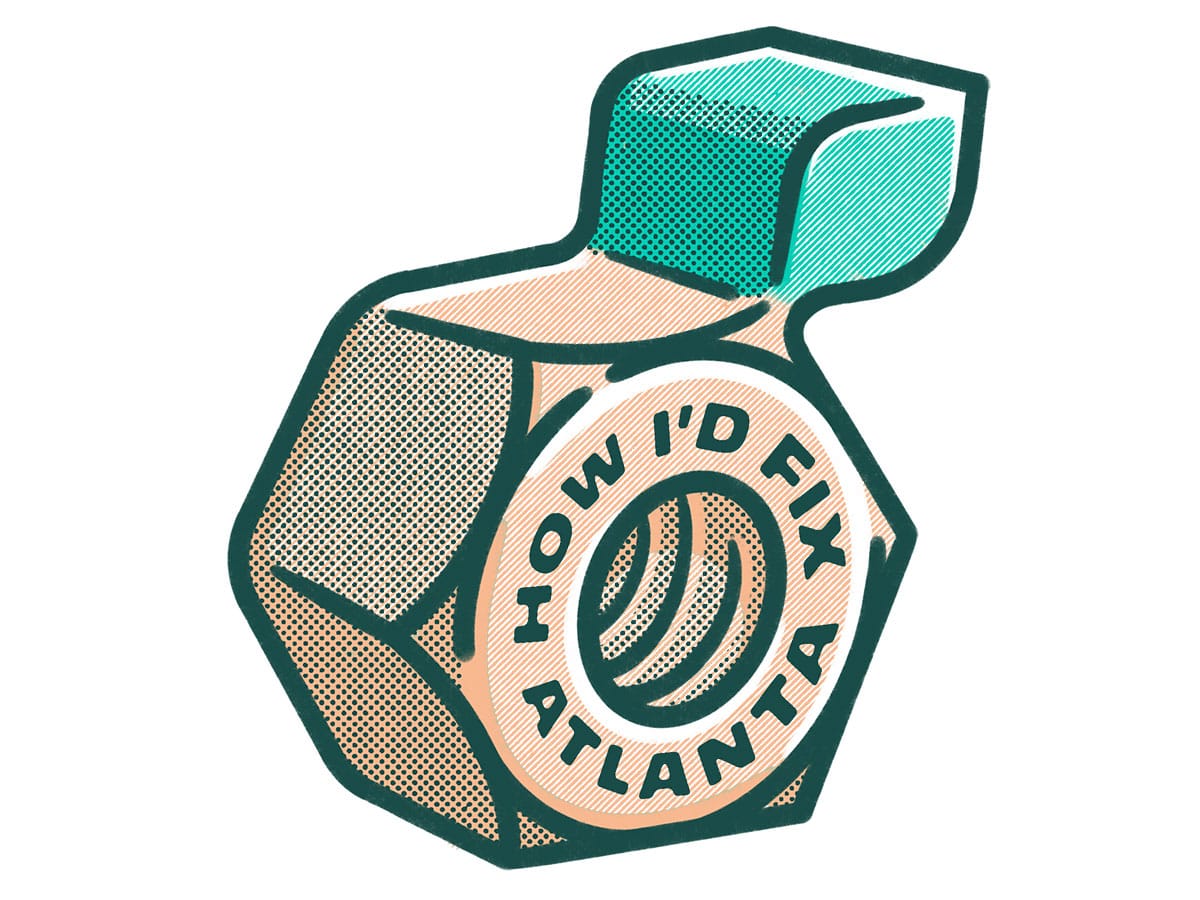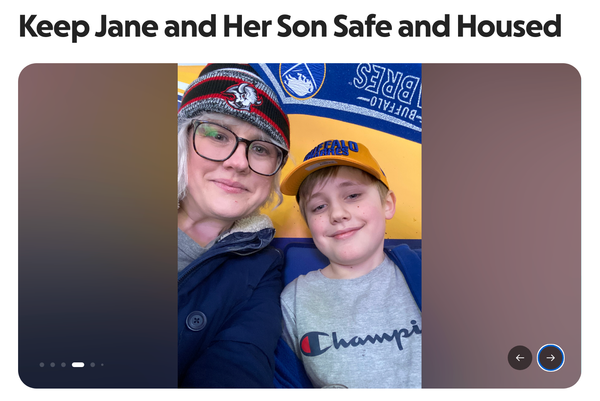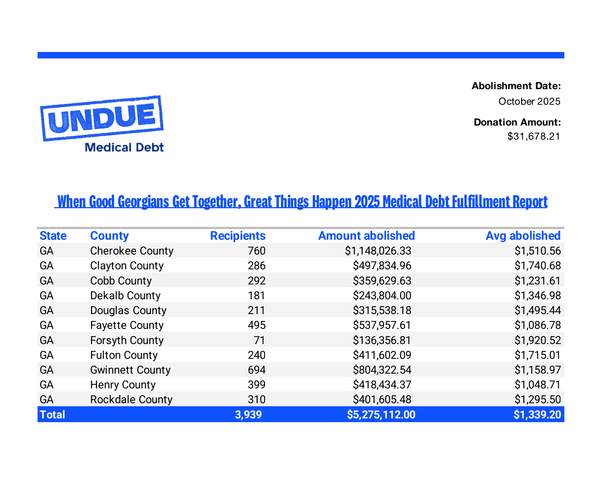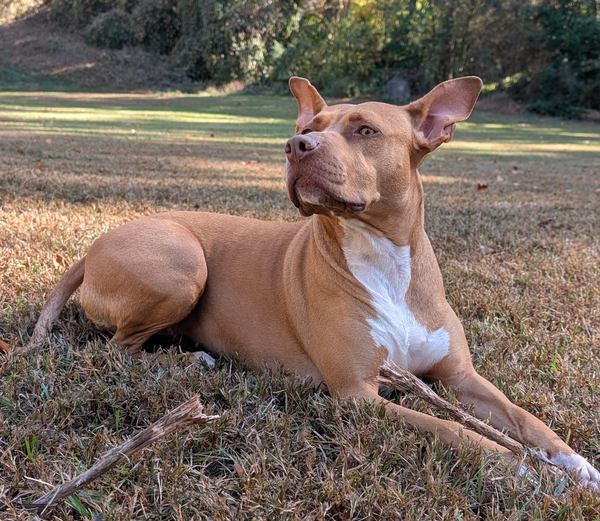How Rachel Garbus Would Fix Atlanta
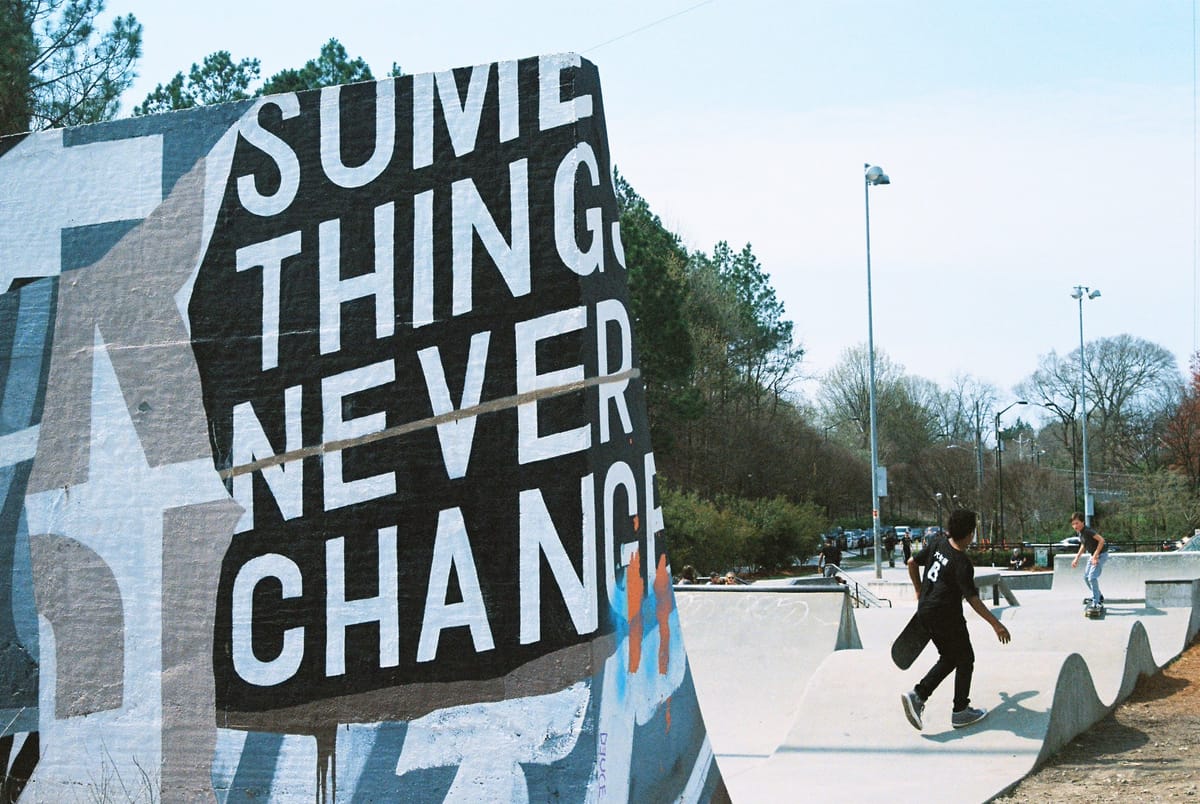
How I’d Fix Atlanta — Start Funding Our Art—And Artists—Properly
Rachel Garbus
“New York has closed itself off to the young and struggling,” NYC artist and punk icon Patti Smith told a crowd of young creatives in 2010. “But there’s always other cities.”
It was a message they perhaps didn’t want to hear: Find a new place to live for the sake of your art.
Her advice was on my mind when I moved to Atlanta in 2013, fresh out of college and eager to see the world beyond the New England bubble where I’d grown up. I hadn’t moved here as an artist (I was under the temporary delusion that I would go to law school), but I was an art kid at heart. Indeed, shortly after arriving, I was devouring weird site-specific plays at the Goat Farm and checking out my friends’ paintings at Mammal Gallery.
ATL's early 2010s felt full of creative promise: rent was still relatively cheap, the city was drawing curious young people, and the industrial wreckage that littered the city proved a fertile creative landscape. Strolling down the brand-new, weed-hedged BeltLine in the shadow of the empty, hulking Sears Building, it felt like this was what Patti Smith had been talking about.
A decade later, I worry that Smith’s words have come true for Atlanta as well as New York. Indeed, it would appear they’ve come true before ATL has had time to build a robust arts culture that—like New York—makes artists want to be here even when there are good reasons not to be.
Skyrocketing rent makes affordable apartments and studio and rehearsal space harder to come by, and has led to the shuttering of many independent venues. The COVID-19 pandemic gutted audiences at live performances, leaving mid-size theater and dance companies scrambling to pay their bills. Even Atlanta’s most legendary artistic export, rap music, is threatened by rampant gentrification and the astonishing use of rappers’ own lyrics against them in criminal trials.

But when it comes to Atlanta’s art scene, the greatest threat of all might just be that powerful people don’t seem to care. In a region overburdened by social ills, city and county governments are quick to crimp arts funding, while philanthropic giving is absorbed by other priorities.
At the state level, Republicans see no reason at all to give taxpayer money to, in their eyes, loaf-about artists. For the last decade, Georgia has been ranked last or close to last in funding for the arts. This year, we share the bottom of the barrel with Wisconsin—behind Alabama (yes, Alabama), which spends nine times what we spend on arts per person. Federal arts funding, private foundation grants, and innovative income revenues have helped plug holes for the hundreds of arts organizations that call metro Atlanta home, but it’s not enough.
If we don’t intervene, we’ll lose the foundation that Atlanta artists have been laying for the last 50 years, fighting a scrappy, relentless, and wildly underpaid fight to carve out space for art around the city. We’ll lose young dancers, actors, and musicians who figure out that, if rent is prohibitively expensive everywhere, they may as well decamp to cities with more creative opportunities like Nashville and Los Angeles.
We’ll even lose the fight against the drudgery of the ubiquitous mixed-use high-rise: a city imagined by developers and built for profit, where “art” is a pleasant aesthetic backdrop to the real business of live-work-play, and “artists” are a placeholder to be tolerated until AI can do it all for free.
All of which is to say: we stand to lose a lot.
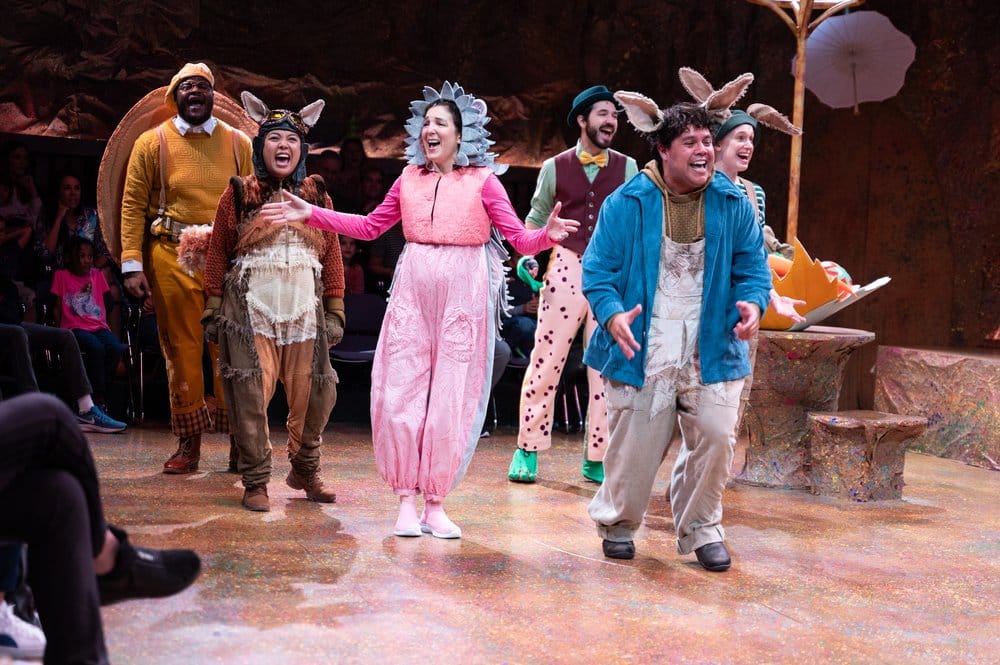
The bad news is that this problem is gargantuan, but the good news is that solutions abound.
“There is a real groundswell this time around,” says Rachel May, producing artistic director at Synchronicity Theatre, which has operated out of Midtown since 1996. “Tons of people have been working really hard to figure this out.”
Synchronicity is one of more than two dozen organizations behind Art Matters, a fledgling coalition that advocates for increased funding for the arts. The group emerged out of pandemic-era Zoom calls, where arts leaders connected and commiserated over shutdowns and slow-to-return audiences. After the beloved Atlanta Lyric Theater closed for good in the spring of 2022, 28 arts leaders signed an open letter to Mayor Dickens, begging for increased investment in the arts. (In response, the mayor established an arts advisory council in 2023 and modestly increased the municipal arts budget, but little else has transpired since.)
Art Matters wants to build a funding ecosystem that does more than rescue struggling organizations, choosing instead to invest longterm in the city’s cultural community. “Stabilization, then sustainability—that’s what we need,” May says.
Funding for the arts is low across the board, from public budgets to corporate giving to philanthropy. According to Camille Russell Love, the head of the Mayor’s Office of Cultural Affairs, Atlanta’s municipal arts budget is around $3.5 million. That’s up by several million from past years, but Atlanta still lags behind nearby Charlotte and Nashville. This year’s proposed budget—the largest in Atlanta’s history—contains no increase in arts funding.
On the donor end, corporate giving is notoriously capricious: May says donations are down due to economic uncertainty, as well as an uptick in local companies being acquired by outside firms without ties to Atlanta. In 2022, Intuit MailChimp distributed $1 million to 10 small and mid-size local arts organizations, a huge boon for the city and a move that more Atlanta-based companies should follow. Meanwhile, local philanthropists haven’t always seen the arts as a funding priority—an issue some connect to the tragic 1962 plane crash in Orly, France, which killed 103 Atlantans on a tour of European art galleries, effectively wiping out an entire generation of arts patrons and hobbling the development of a local culture of arts giving.
That tragedy led to the establishment of the eventual Woodruff Arts Center, which includes the High Museum of Art, the Alliance Theatre, and Atlanta Symphony Orchestra. Those marquee institutions, along with Atlanta Opera and the Atlanta Ballet, are heavily underwritten by private donors and big Atlanta companies like Coca-Cola and Delta, but their success can eclipse the crisis facing mid-sized and smaller arts organizations. To be clear, these major companies produce groundbreaking work and deserve every dollar they earn: Atlanta can’t be a world-class arts city without them. But it can’t be a world-class arts city without a thriving ecosystem of indie art galleries, gutsy new-work companies, and coffee shop micro-stages, either.
To uplift our creative community, we can look to our neighbors for ideas. In Alabama—yes, that Alabama—a “Support the Arts” license plate has generated millions of dollars for state arts organizations. In Texas, a portion of municipal hotel occupancy taxes are earmarked for arts spending. In Colorado, where sports betting is legal, $2 million in gambling revenue is allocated to the arts every year—a real opportunity to consider as Georgia’s sports betting negotiations continue.
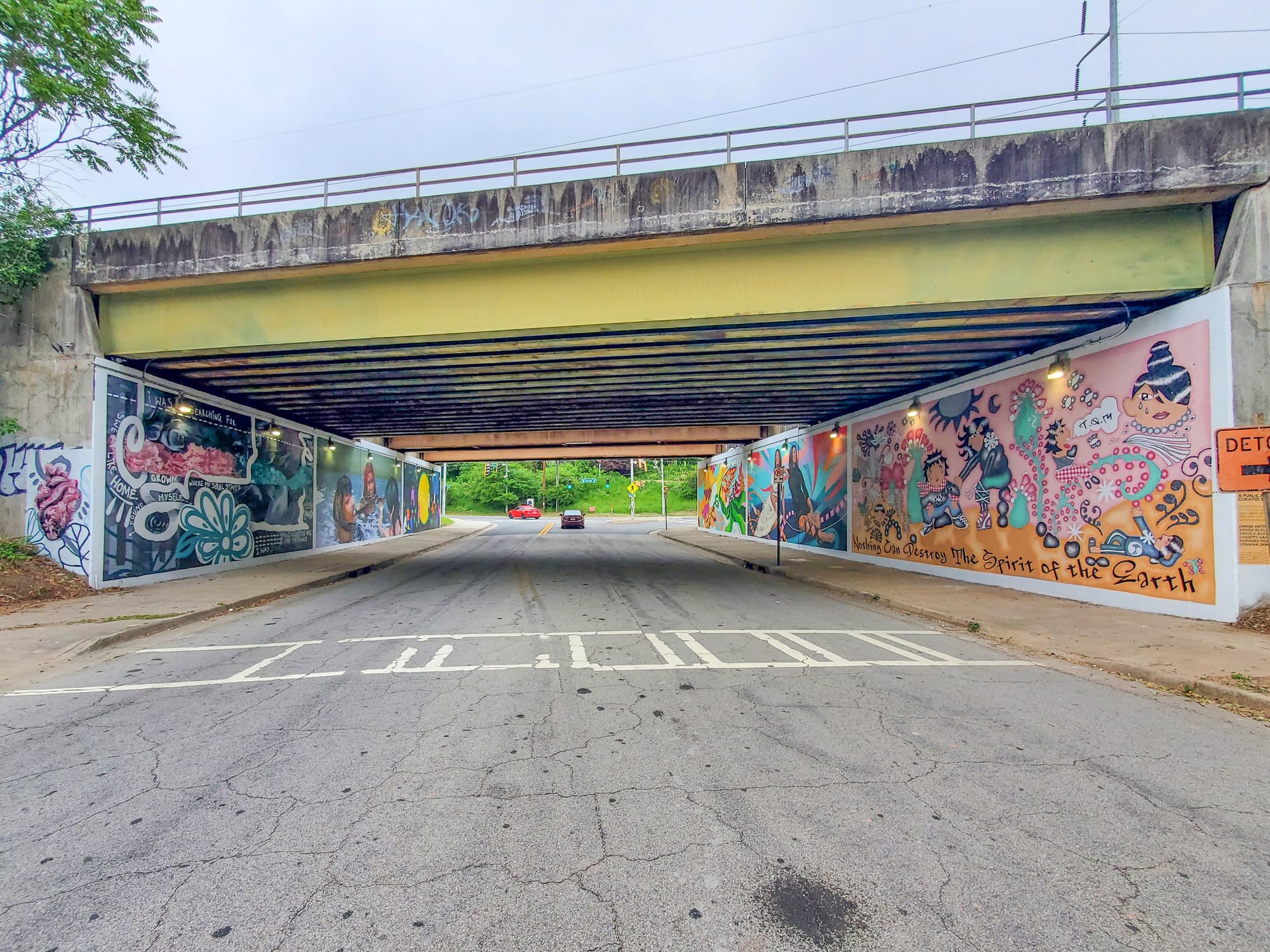
Supporting the arts means supporting artists, too, of course. Arts investments are meaningless if artists can’t afford to live here. Monica Campana, co-founder of Living Walls muralist collective, tells me she’s one of few artists in her circle that still lives within the City of Atlanta. “I’ve never had a washer and dryer, but I do live in town,” she says, adding that her address makes her eligible for city grants—some of the only arts funding available—which is another Catch-22 for local artists who can’t afford to live within the city limits.
To keep artists in town, we can subsidize housing and studio space for them, as the Atlanta-based Creatives Project is working toward. We can grow county-level support for the arts—Fulton County, for example, has recently boosted its arts budget—to provide more grant opportunities to metro-ATL artists. Making the city a healthier place for middle- and low-income Atlantans helps artists, too. Contrary to the longstanding and grouchy belief, artists are not a major driver of gentrification. Rather, they're overwhelmingly underpaid workers who care passionately about their communities—if they weren’t, many would be working as graphic designers for tech companies. Their ideas contribute to the story of a place, laying the foundation that makes other artists dream of doing the same, even when there are plenty of reasons not to.
And sometimes it works out for these folks. Patti Smith, after all, still lives in New York, and so do the thousands of young artists who ignore her advice and flock there every year. I lived there for three years myself, scrambling to pay exorbitant rent and wondering whether I should give up on writing and go into marketing. But then, toward the end of 2020, I moved back to Atlanta. There were plenty of reasons not to, but this was the city where I felt I needed to be. I hope artists will always feel that way about ATL, because the city will always need them.
Rachel Garbus is a writer and editor based in Atlanta. She’s the editor-in-chief at WUSSY Mag, deputy editor at Atlanta Magazine, and co-founder of the multimedia queer history project Out Down South.
How I'd Fix Atlanta is an essay series by ATLiens for ATL. In each of these pieces, a citizen of Georgia’s capital argues for one way we could make our city better. Sometimes the ideas will be serious. Other times? A little more lighthearted. From infrastructure to food trucks, public transit to wildflowers, nothing is off limits.
How I’d Fix Atlanta was created by Austin L. Ray. It's a free newsletter sent on a Thursday of most months. It's also an annual zine that costs money. Sometimes it’s a performance on a stage. Other times, it’s a fundraiser. Occasionally it's featured on a podcast or cited by a venerable Atlanta publication. How I’d Fix Atlanta is large, it contains multitudes.
Each writer is paid $600 for their essay. Wanna help support the series? Venmo Austin or reply to this email to talk sponsorship opportunities.
